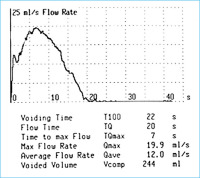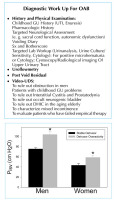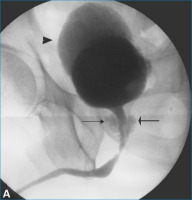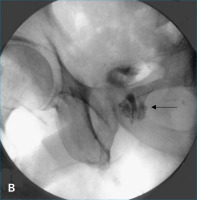| Yalla SV, Sullivan M | ||||||||||||||||||||||
|---|---|---|---|---|---|---|---|---|---|---|---|---|---|---|---|---|---|---|---|---|---|---|
|
Urodynamics of Overactive Bladder Syndrome: Pro and Con
Journal für Urologie und Urogynäkologie 2007; 14 (1) (Ausgabe für Österreich): 24-26 Journal für Urologie und Urogynäkologie 2007; 14 (1) (Ausgabe für Schweiz): 23-25 Volltext (PDF) Summary Abbildungen
|
||||||||||||||||||||||

Verlag für Medizin und Wirtschaft |
|
||||||||
|
Abbildungen und Graphiken
|
|||||||||
| copyright © 2000–2025 Krause & Pachernegg GmbH | Sitemap | Datenschutz | Impressum | |||||||||
|
|||||||||



